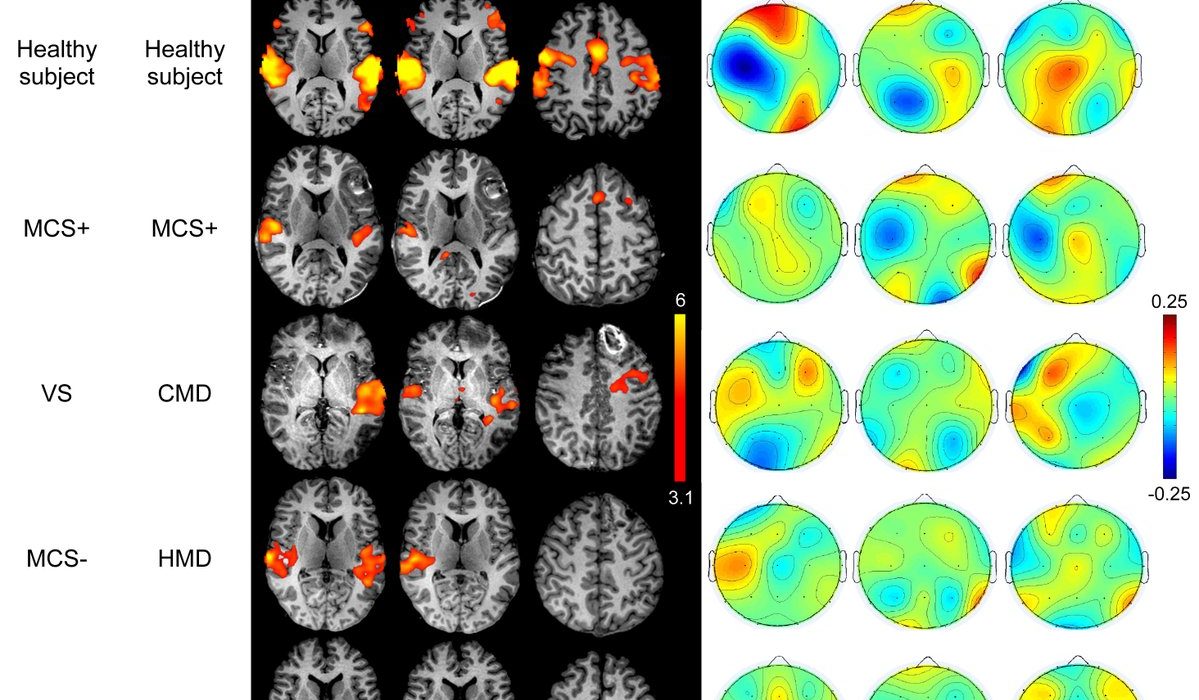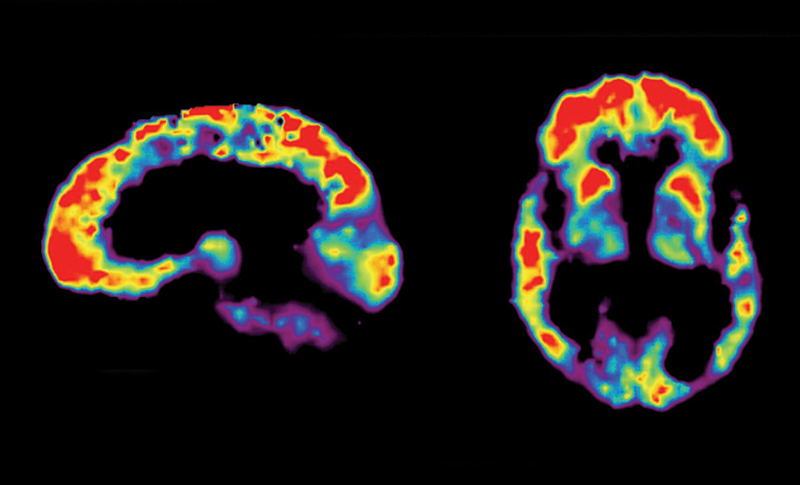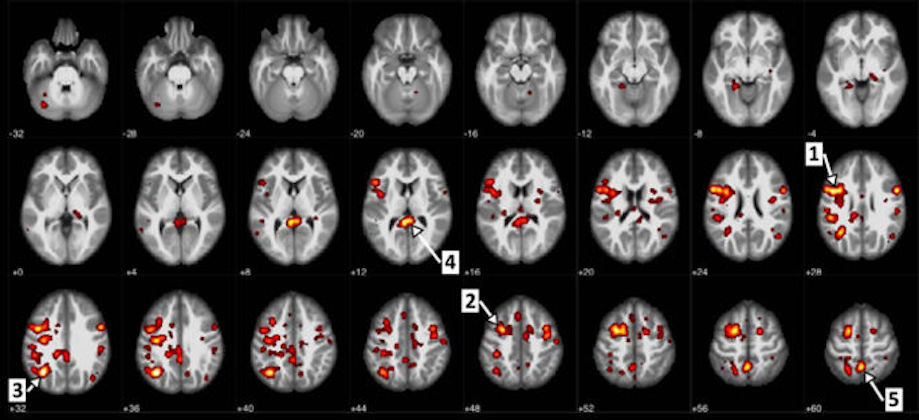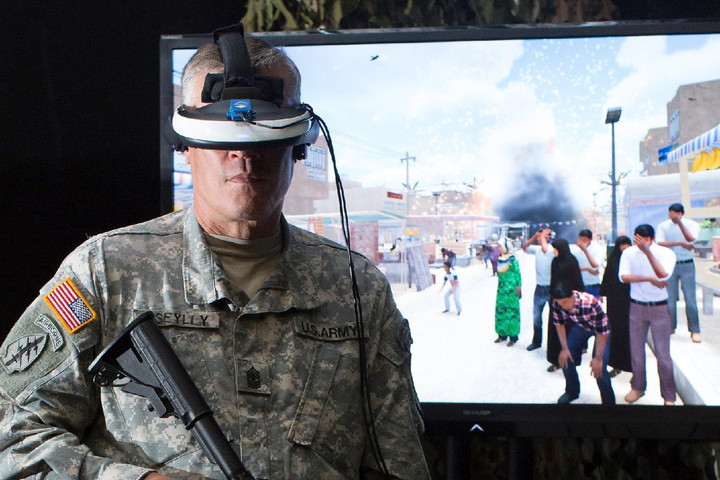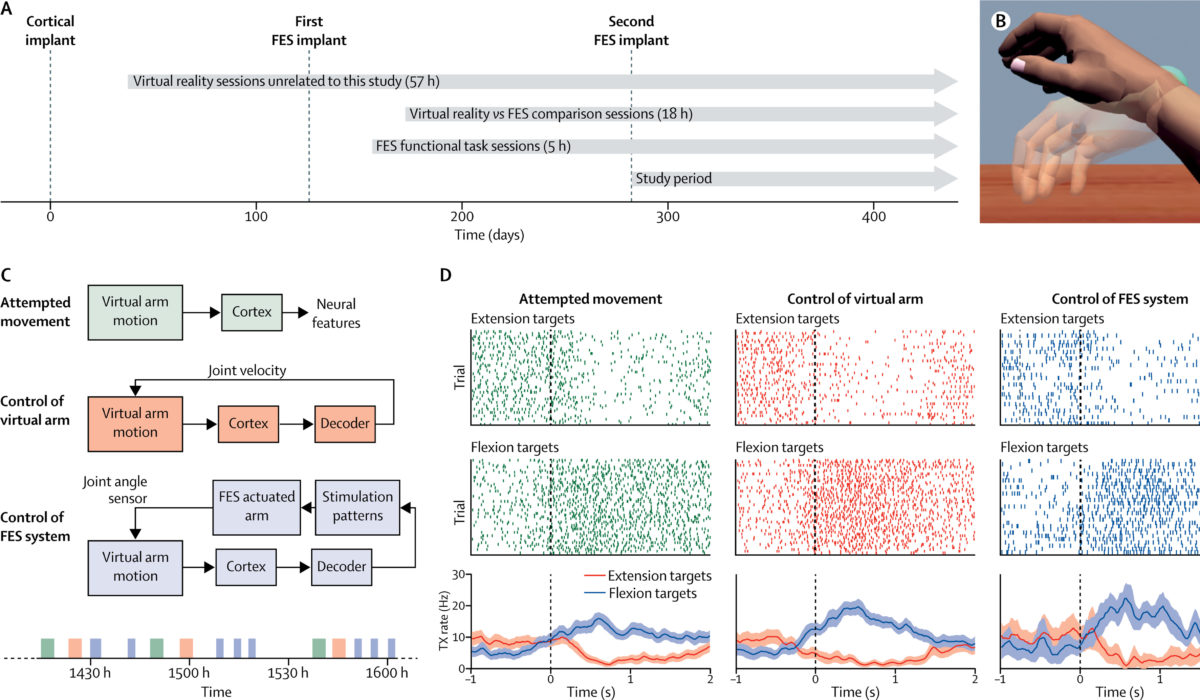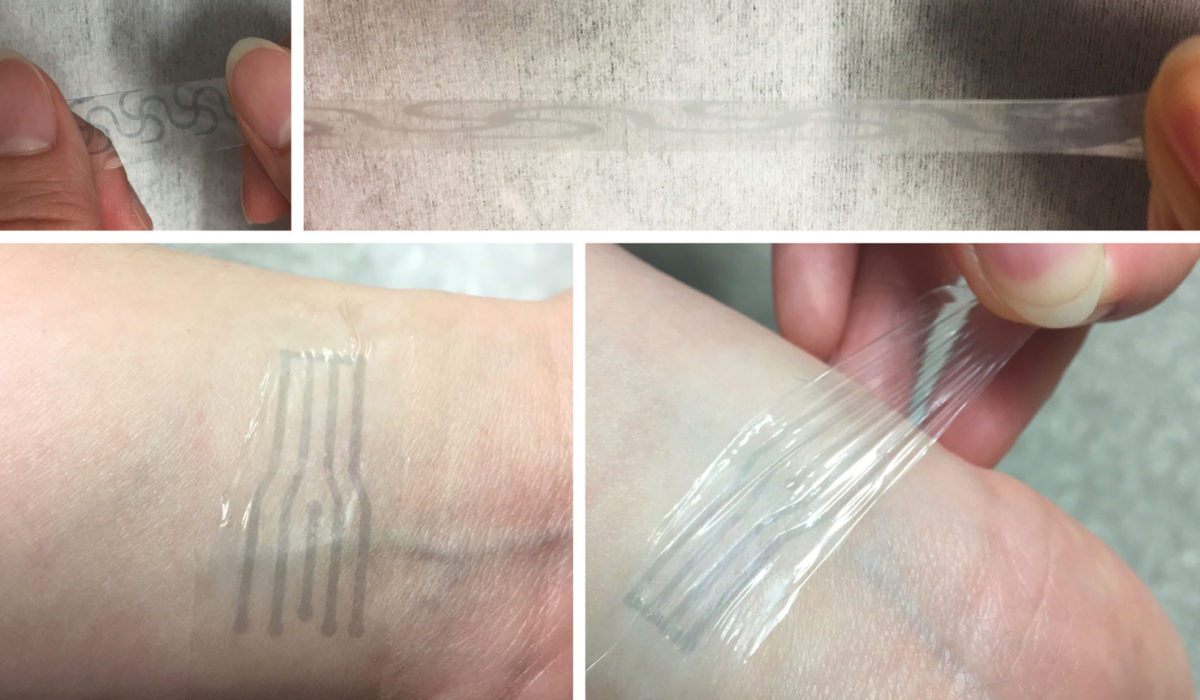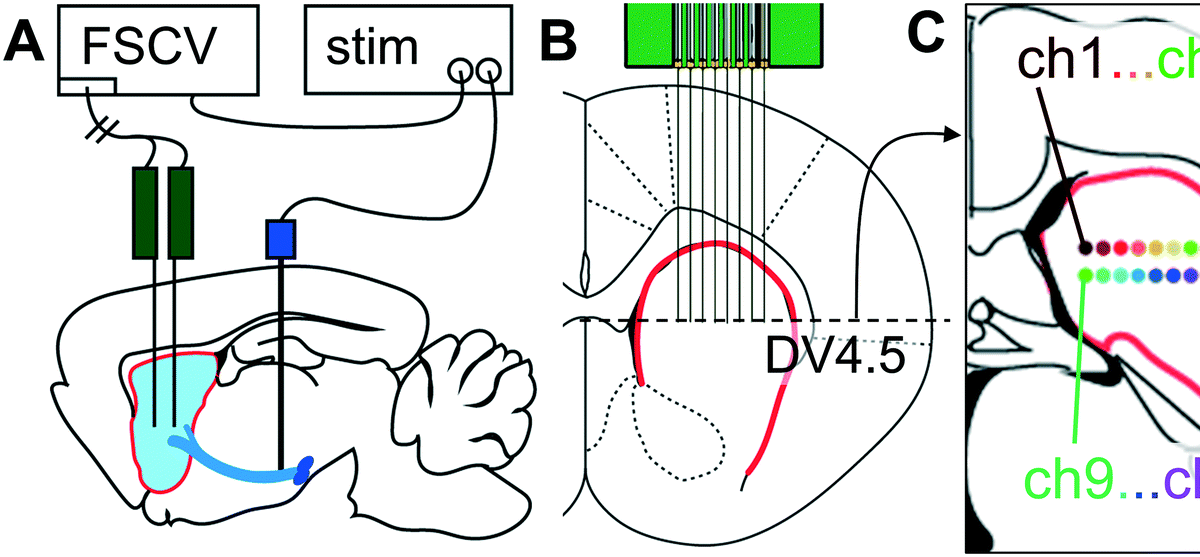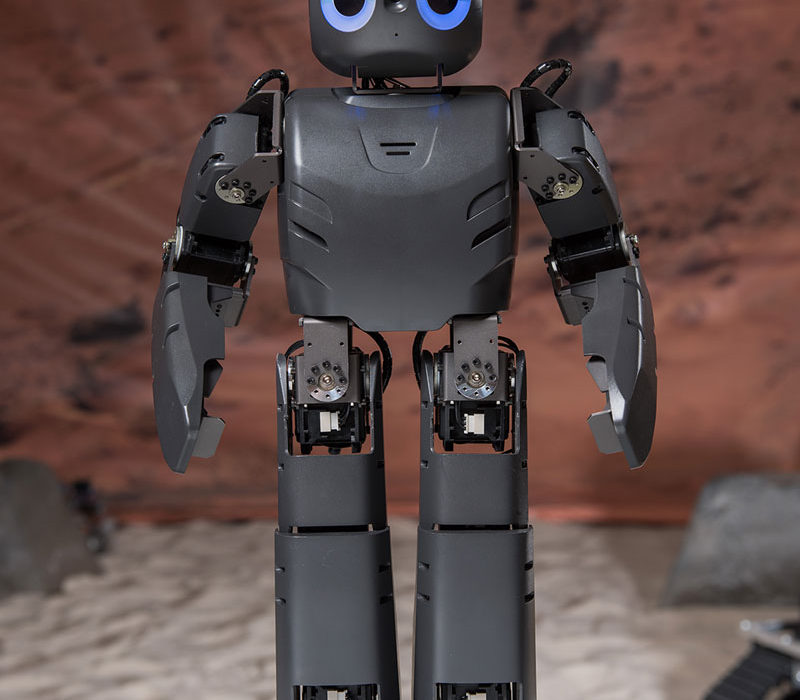MGH’s Brian Edlow and colleagues have completed a small study showing the efficacy of using fMRI and EEG in ICU TBI patients to detect consciousness. Previous research has suggested that up to 40% of conscious...
curated by ApplySci
Brain
Alzheimer’s diagnosis disputed in up to 50% of PET study subjects
James Hendrix and Alzheimer’s Association colleagues are conducting a study to see how PET scans could change the nature of Alzheimer’s diagnosis and treatment. 4,000 of 18,000 subjects have been tested to date, with a stunning...
AI used to study brain blood flow ties to Schizophrenia
Mina Gheiratmand, Serdar Dursun, and University of Alberta colleagues used IBM AI tools to try to identify schizophrenic traits based on a person’s brain blood flow. 95 participant fMRI images of schizophrenia-diagnosed and healthy...
AI driven, music-triggered brain state therapy for pain, sleep, stress, gait
The Sync Project has developed a novel, music-based, non-pharmaceutical approach to treating pain, sleep, and stress, Parkinson’s gait issues. Recent studies showed Parkinson’s patients improved their gait when listening to a song with the...
EEG detects infant pain
Caroline Hartley and Oxford colleagues studied 72 infants during painful medical medical procedures. Using EEG, they found a signature change in brain activity about a half-second after a painful stimulus. They seek to understand its use in monitoring and...
VR studied for PTSD, phobia treatment
Emory’s Jessica Maples-Keller has published a study demonstrating the effectiveness of VR in treating PTSD, phobias, and other mental illnesses. She describes the treatment as allowing “providers to create computer-generated environments in a controlled setting, which...
Tetraplegic patient moves arm with thoughts via BCI/FES system
Bolu Ajiboye and Case Western colleagues used an implanted BrainGate2 brain-computer interface to allow a tetraplegia patient to control arm movements via an implanted FES muscle stimulation system. A robotic arm, which was needed...
Soft, flexible “skin-like” electrodes could improve brain interfaces
Stanford professor Zhenan Bao‘s latest flexible electronic initiative is the development of a plastic electrode that stretches like rubber but carries electricity like wires. This could be improve implanted brain interfaces which require soft and highly sensitive...
Carbon electrode technique tracks dopamine in the brain
Michael Cima and MIT colleagues have developed a more precise tool to measure dopamine in the brain, to be able to study its role in in learning, memory, and emotion. The new carbon electrode based technique...
Robots support neural and physical rehab in stroke, cerebral palsy
Georgia Tech’s Ayanna Howard has developed Darwin, a socially interactive robot that encourages children to play an active role in physical therapy. Specific targeting children with cerebral palsy (who are involved in current studies), autism,...
